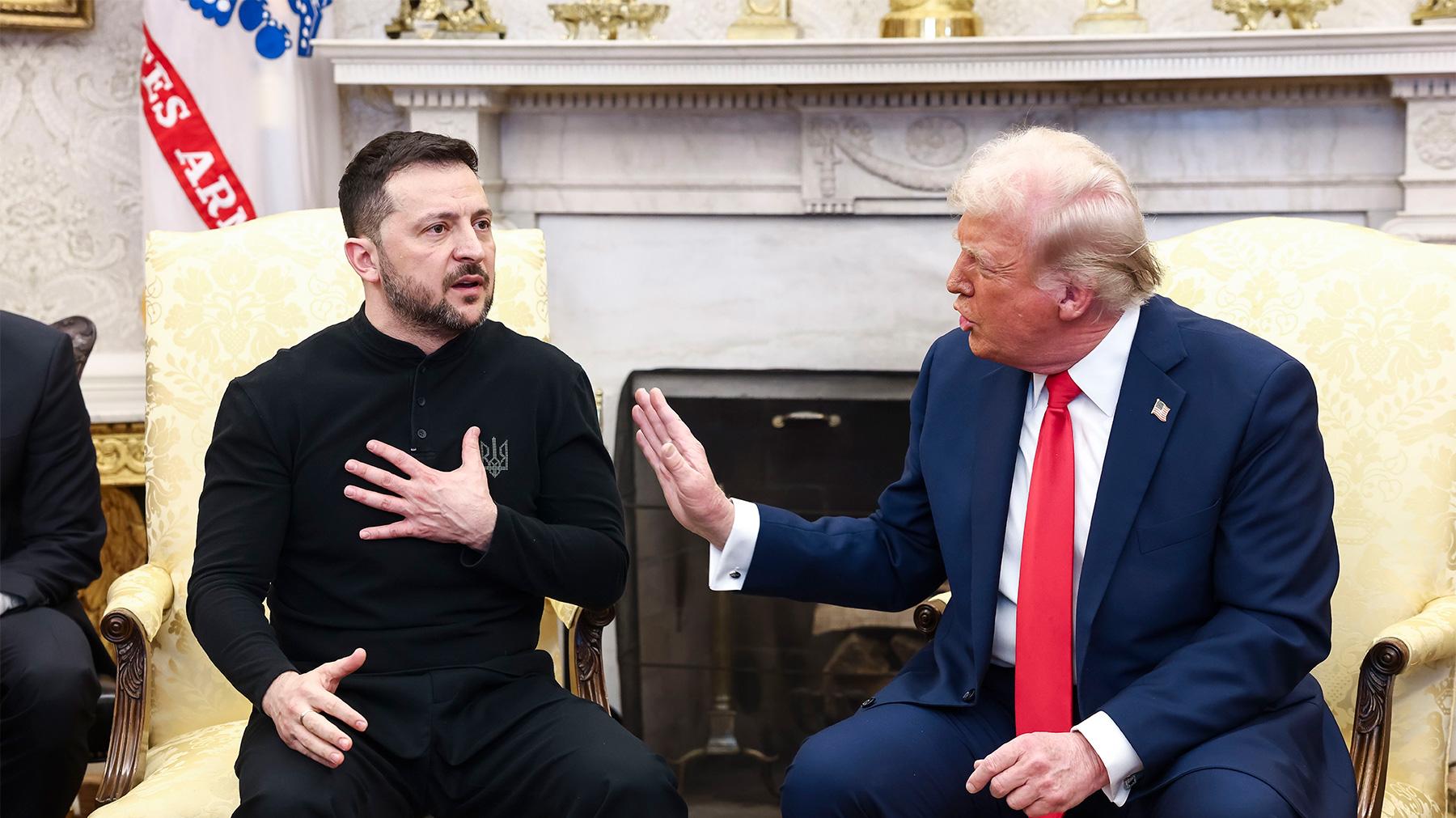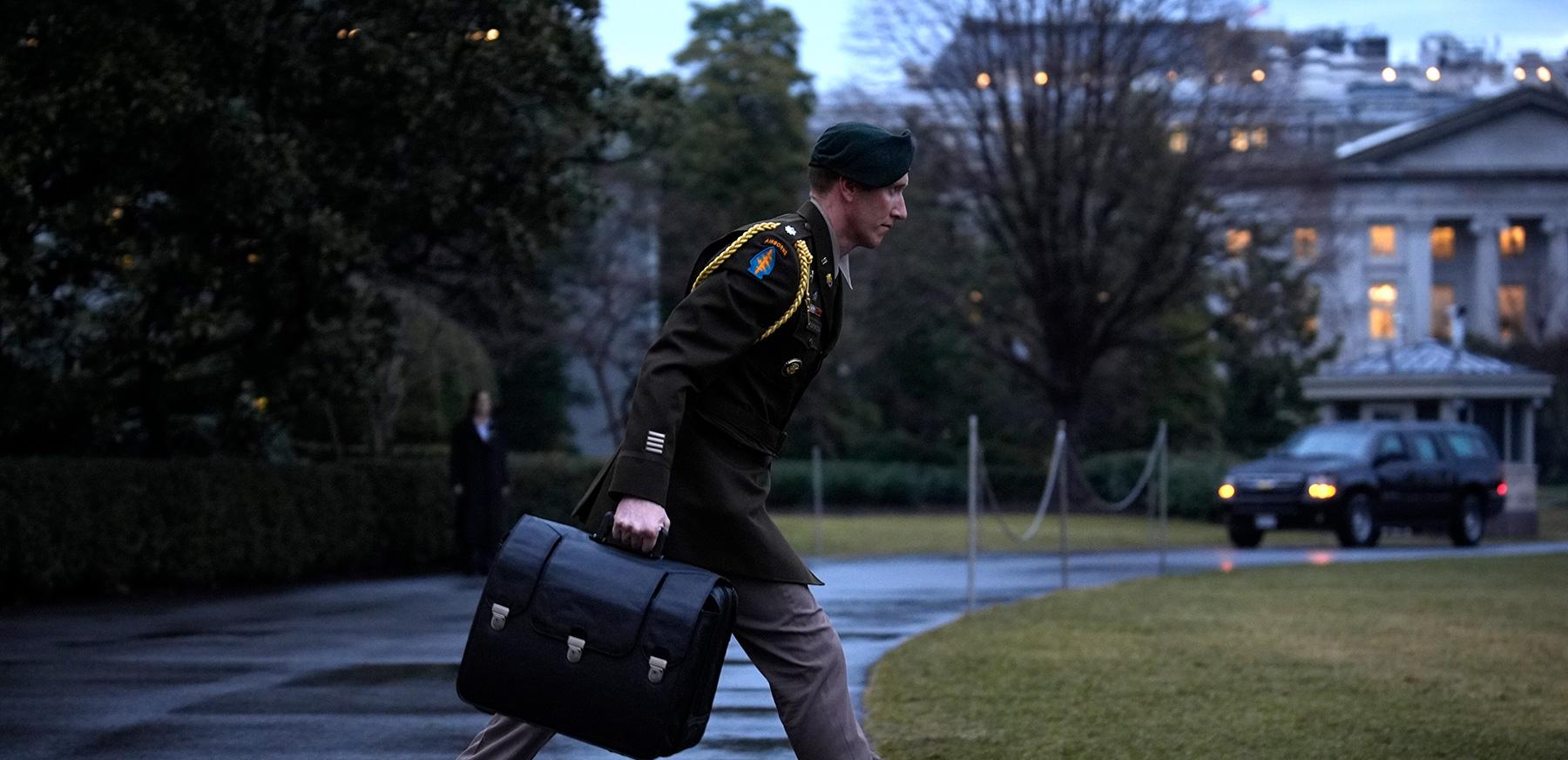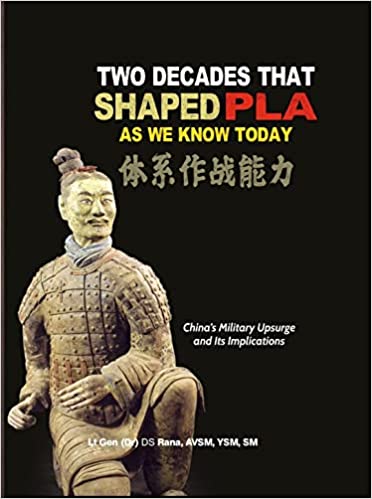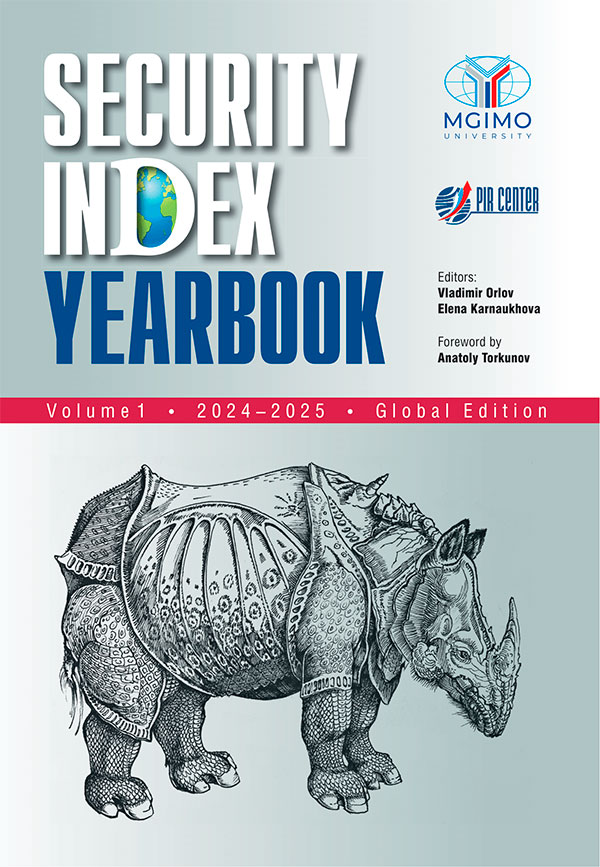The negotiations between Vladimir Putin and Donald Trump marked a step toward resolving the Ukrainian conflict. However, the outcomes remain uncertain. A reversal could occur at any moment, given the multitude of unresolved, accumulated issues. The flawed legacy of the European security system will continue to weigh heavily on the prospects of normalization for the foreseeable future. Nevertheless, a window of opportunity for achieving peace remains open. The motivation to seize such opportunities may hinge on the interim outcomes Russia has achieved thus far and the potential scenarios that could unfold if hostilities persist.
Among the key results, the most striking is Russia’s demonstrated readiness to use force to defend its interests in Europe. For three decades following the Cold War, Russia’s military capacity to protect its positions was rarely taken seriously. The special military operation shattered this perception. It revealed that security relations with the West had reached an impasse, leaving no viable alternatives – at least from Russia’s perspective. It became evident that the use of force and a large-scale conflict in Europe are real possibilities, meaning Moscow’s demands and concerns can no longer be dismissed with vague assurances. Russia is prepared to endure significant losses and risks to safeguard its fundamental security interests. There will be no further retreat, even if it means saving face.
In the realm of diplomacy, a notable outcome has been the absence of any significant anti-Russia coalitions involving non-Western nations. While the West has consolidated around an anti-Russian stance, it has failed to draw other global players into such a coalition. China, India, Brazil, South Africa, and others have distanced themselves from the sanctions policy. Although businesses in these countries fear secondary US sanctions and are not always willing to engage with Russia, their governments have refrained from imposing anti-Russian restrictions. Trade with many countries in the Global South has surged. These nations have not adopted a pro-Russian position, nor has a unified anti-Western front emerged. However, questions about diversifying global finance, trade, and political institutions are now being taken far more seriously. Ultimately, the cohesion of the Western coalition itself has begun to falter.
The new US administration seems to understand that further prolongation of the conflict carries risks. Beyond the potential for a Russian offensive, there is the issue of further depletion of military stockpiles and the enormous financial costs with no clear prospects of defeating Russia. Ultimately, the achieved results and existing limitations create an incentive for Washington and Moscow to discuss a potential peace. Both sides retain the material resources necessary to sustain the confrontation. Ultimately, each party at the negotiating table holds a strong position in its own regard, and neither approaches the dialogue from a place of weakness. Each understands its interests and is ready to engage in discussions about them. It appears to be the first time in a very long while that Russia and the US are entering negotiations with such a mindset.
The negotiations between Vladimir Putin and Donald Trump marked a step toward resolving the Ukrainian conflict. However, the outcomes remain uncertain. A reversal could occur at any moment, given the multitude of unresolved, accumulated issues. The flawed legacy of the European security system will continue to weigh heavily on the prospects of normalization for the foreseeable future. Nevertheless, a window of opportunity for achieving peace remains open. The motivation to seize such opportunities may hinge on the interim outcomes Russia has achieved thus far and the potential scenarios that could unfold if hostilities persist.
Among the key results, the most striking is Russia’s demonstrated readiness to use force to defend its interests in Europe. For three decades following the Cold War, Russia’s military capacity to protect its positions was rarely taken seriously. The special military operation shattered this perception. It revealed that security relations with the West had reached an impasse, leaving no viable alternatives – at least from Russia’s perspective. It became evident that the use of force and a large-scale conflict in Europe are real possibilities, meaning Moscow’s demands and concerns can no longer be dismissed with vague assurances. Russia is prepared to endure significant losses and risks to safeguard its fundamental security interests. There will be no further retreat, even if it means saving face.
In the realm of diplomacy, a notable outcome has been the absence of any significant anti-Russia coalitions involving non-Western nations. While the West has consolidated around an anti-Russian stance, it has failed to draw other global players into such a coalition. China, India, Brazil, South Africa, and others have distanced themselves from the sanctions policy. Although businesses in these countries fear secondary US sanctions and are not always willing to engage with Russia, their governments have refrained from imposing anti-Russian restrictions. Trade with many countries in the Global South has surged. These nations have not adopted a pro-Russian position, nor has a unified anti-Western front emerged. However, questions about diversifying global finance, trade, and political institutions are now being taken far more seriously. Ultimately, the cohesion of the Western coalition itself has begun to falter.
The new US administration appears to have recognized the futility of the conflict and has taken pre-emptive steps to bring it to an end.
Another diplomatic interim result is Moscow’s ability to contain escalation in terms of military support for Ukraine. For a long time, Moscow struggled to halt the shifting of red lines, particularly regarding the types of weapons supplied to Ukraine. These deliveries grew in scale, with increasingly long-range and lethal systems being provided. Changes in Russia’s nuclear doctrine and the deployment of a new intermediate-range missile in a non-nuclear configuration served as a significant deterrent against Ukraine’s potential large-scale use of Western cruise missiles and other systems.
Another critical outcome is Russia’s capacity to wage a large-scale conflict against a formidable adversary receiving extensive Western support in the form of weapons, intelligence, and funding. Russia’s defense industry has managed to sustain a high tempo and scale of military operations, swiftly adapting to new challenges posed by the revolution in military affairs, including the production and deployment of unmanned systems. Simultaneously, Moscow has maintained the expeditionary nature of its military actions, avoiding large-scale mobilization and relying on volunteers and contract soldiers. The ability to conduct a major and prolonged military operation with a professional, rather than conscript-based, army is a pivotal interim result.
The resilience of the Russian economy in the face of confrontation with the collective West is also noteworthy. Russia’s deep integration into the global economy, particularly its reliance on Western supply chains, financial institutions, and rules, posed significant risks in the event of large-scale Western sanctions. Such sanctions were imposed immediately after the start of the special military operation and have since been steadily expanded. Nearly all tools of sanctions policy have been deployed against Russia, including blocking financial sanctions, export controls, import bans, and more. Russia’s partners from friendly countries have faced the real risk of secondary sanctions. Nevertheless, Russia has avoided any significant financial or economic crisis. While the economy has suffered losses and damage, which have been felt by the country’s citizens, the restructuring of the economy, markets, and import sources has occurred at a historically remarkable pace.
In addition to the economy, the political system has also demonstrated remarkable resilience. Hopes among Russia’s adversaries for a swift “regime change” or a split among the elites have not materialized. Neither ideological opponents nor the most radical supporters have managed to destabilize the system. While some tightening of the existing order under wartime conditions was inevitable, the system has avoided sliding into a totalitarian model with excessive and demotivating control. Society, too, has shown resilience to extreme conditions. Initial confusion quickly gave way to adaptation. The high human cost of military actions and economic challenges, including inflation, have not led to any disintegrative processes. Society remains divided in its views on the conflict, but this has not become a critical fault line.
The direct military result has been the depletion of Ukraine’s military potential, even with extensive Western supplies, the containment of potential counteroffensives, and control over several strategically important points. Moscow appears to view the prospect of further military actions as a realistic scenario, for which it has the material resources if necessary.
On the other hand, the military and political benefits of prolonging the conflict may be limited.
Continued hostilities would only make sense if Russia’s key demands, laid out during the Istanbul negotiations in 2022, remain unmet.
However, the new US administration seems to understand that further prolongation of the conflict carries risks. Beyond the potential for a Russian offensive, there is the issue of further depletion of military stockpiles and the enormous financial costs with no clear prospects of defeating Russia. Ultimately, the achieved results and existing limitations create an incentive for Washington and Moscow to discuss a potential peace. Both sides retain the material resources necessary to sustain the confrontation. Ultimately, each party at the negotiating table holds a strong position in its own regard, and neither approaches the dialogue from a place of weakness. Each understands its interests and is ready to engage in discussions about them. It appears to be the first time in a very long while that Russia and the US are entering negotiations with such a mindset.
First published in the Valdai Discussion Club.







